People have used saunas for enjoyment and health for centuries, none more so than Finns. In Finland, 99% of people use a sauna at least once a week. Could this be part of why Finland is the world’s happiest country? Now, people in other countries, including the United States, are discovering sauna benefits — such as mood, health, and beauty improvements — and are starting to incorporate “saunaing” (yes, that really is a word!) into their lifestyle.
But what are saunas, and why might you want to consider giving them a try? Find out what you need to know about this ancient practice and its modern incarnations. Discover the health benefits of saunas and any disadvantages to consider before getting your sweat on.
What Is a Sauna?
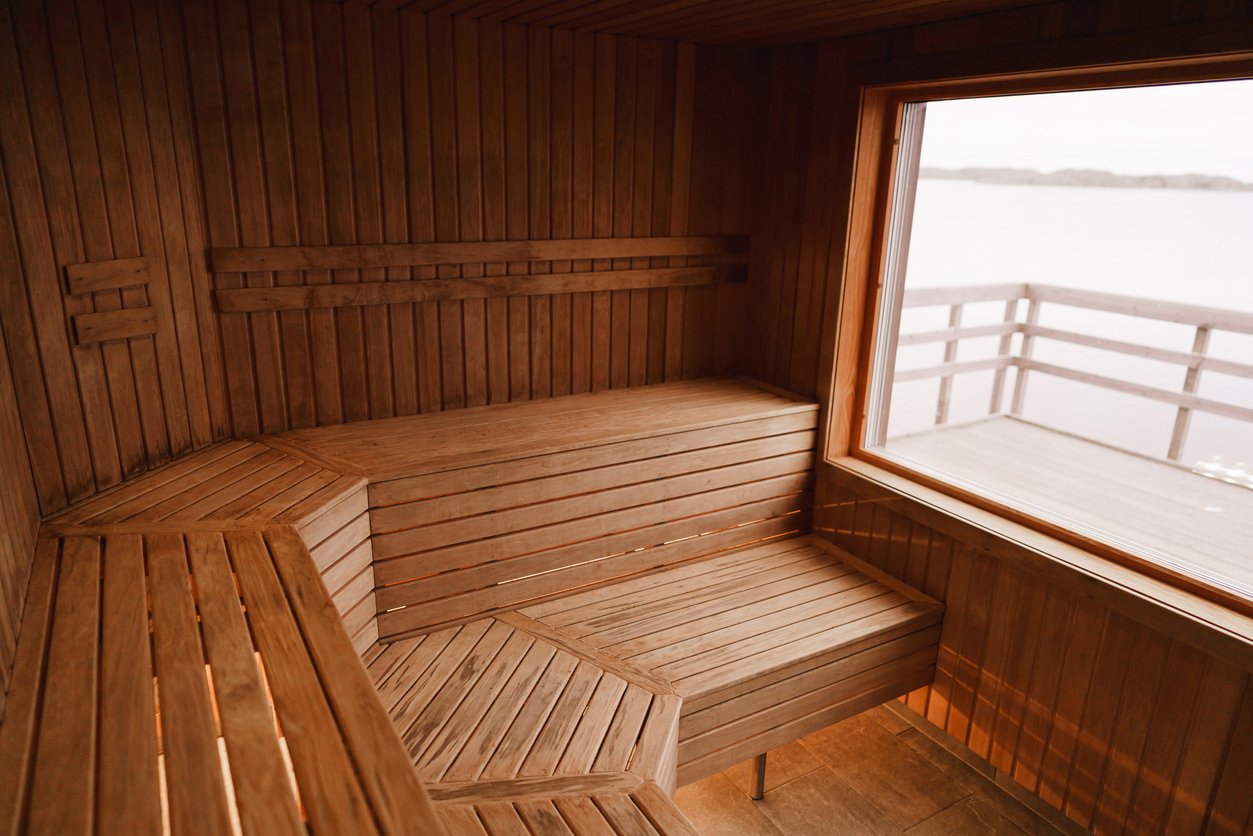
Saunas are small rooms where the air around you is heated up. In the case of infrared saunas, your body is also heated up from the inside out.
The temperature in a sauna ranges between 120–195 F (49–90 C), with electric saunas on the higher end of the spectrum and infrared saunas typically on the lower end.
If you’re curious about what a sauna looks like, it often has unpainted wood interiors and temperature controls for its users. Think of a cottage in the woods. Add a heating source and some seats or benches, and you’ve got the visual.
What Is a Sauna Used for?
The purpose of a sauna is to use heat or light (if you’re using an infrared sauna) to warm up your body and induce sweating. There are a wide range of reasons why so many people find this function appealing, from health reasons to cosmetic reasons to relaxation and just enjoying the sensation.
Saunas can be used in a number of ways. Some people say the best time for a sauna is after working out, while others prefer to use saunas as a relaxing experience reserved for a vacation or spa experience. Others may use them for health reasons under the supervision of a doctor.
Types of Saunas

The main types of saunas differ primarily based on how they heat your body and how the air feels to the person using it.
It’s worth mentioning that they also vary in terms of prep time and recommended session duration. Not all saunas are created equal, and there are some tradeoffs to consider when choosing the type of sauna that’s right for you.
Wood-Burning Saunas
These are the oldest, most authentic forms of dry sauna and require no electricity. They are also known as “savusauna” and are a Finnish type of sauna. Wood-burning saunas use an open fire to heat a pile of rocks, which must withstand high temperatures without cracking or becoming damaged. Rocks like peridotite, basalt, and hornblende are often used, which are unweathered, quarried rocks that can stand the pressure from the heat. As you can imagine, the design of wood-burning saunas requires a longer time to heat up. Nowadays, there are versions that use a stove or kiuas (in Finnish) instead of rocks. My favorite part of the wood-burning sauna is its smell, which is reminiscent of a relaxing campfire in the woods.
Electrically Heated Saunas
Another option is an electrically heated sauna. These use an electric stove or other similar heat source, like propane or natural gas. Because of their heating design, electrically heated saunas are clean, quick to heat, and convenient. The maximum temperature of an electric sauna is 194 F (90 C). These usually have safety features that won’t allow the sauna to run for more than one hour without resetting it. The downside is that using the electricity for this type of dry sauna will affect your utility bill as it requires energy to run.
Infrared Saunas
In an infrared sauna, your body temperature rises from the air heating up around you (like in a traditional sauna) and the infrared wavelengths that heat your body from within. Infrared saunas use infrared lamps, which deliver some of the most beneficial wavelengths of the sun’s natural healing rays.
Most infrared saunas operate between 120–140 F (49–60 C), which is much lower than traditional saunas.
Many people prefer to raise their body temperature and induce sweat at these lower temperatures as this offers a more effortless, relaxing, therapeutic experience than traditional saunas. Rather than endure the sauna, you enjoy it.
That said, others prefer a more intense sauna experience and a more immediate sweat. For that reason, some models of infrared saunas can reach temperatures as high as 165 F (74 C).
The technology of infrared saunas allows the heat to penetrate deeper and more directly into your skin than simply warm air, heating your body from within. As a result, you may experience an easier, more pleasant, productive, and detoxifying sweat using infrared saunas.
Steam Rooms
Steam rooms are common in Eastern European and Turkish traditions. And they feature a moist heat, often operating at around 110–120 F (43–48 C). The main source of heat is steam. So, to make these any hotter, you have to add more steam to them (or turn up the temperature of the steam). However, it’s important to practice caution when heating a steam room, as it can quickly reach dangerous, scalding temperatures. Compared to some dry heat saunas, steam rooms often feel hotter on your skin because moisture-rich air prevents sweat from evaporating and cooling down your body.
History of Saunas
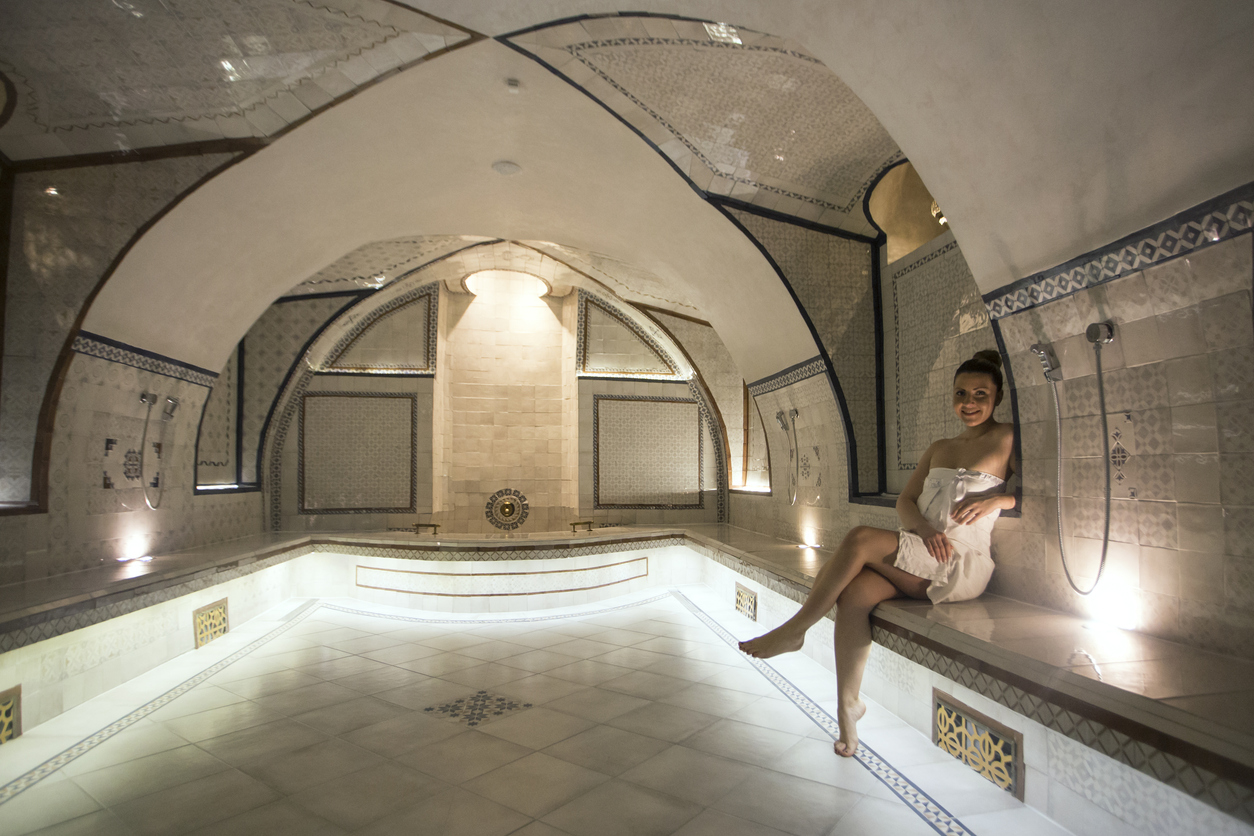
How did saunas come to be? Historians theorize they may have originated in Africa to rid people of infectious diseases by sweating them out over a fire.
Roman and Greek bathhouses led to the spas and spa-like saunas of today. Originally intended to purify and detoxify the body, they evolved into social meeting places for many important community and political decisions.
The Turkish Hammam was a communal, gender-specific bathhouse built inside intricately designed buildings. It was important for social and spiritual gatherings and became an integral part of socialization for both men and women. Hammams were much like today’s spas, offering hair removal, massages, and beauty treatments.
Native American and First Nations sweat lodges vary between regions in their languages, music, and rituals, but they share the foundation of being a place to sweat, pray, and connect spiritually. Sweat lodges are dome-shaped, built on a frame of lashed saplings, and held together with clay, grass, and rocks. They retain heat thanks to piled-on blankets or animal skins. Traditional sweat lodges are also completely dark. They’re big enough to fit 10–15 people inside, including a community elder who serves as “water pourer” — the ritual position that leads the group in their ceremony.
The modern Western sauna—that cottage design I mentioned earlier—and the word sauna originated in Finland. The Finns have used saunas for centuries for relaxation, health, and communal bonding. Given their long Scandinavian winters, it makes sense that they have such an affinity for spending time in intense heat. Some Finnish women even gave birth in saunas!
9 Powerful Sauna Benefits
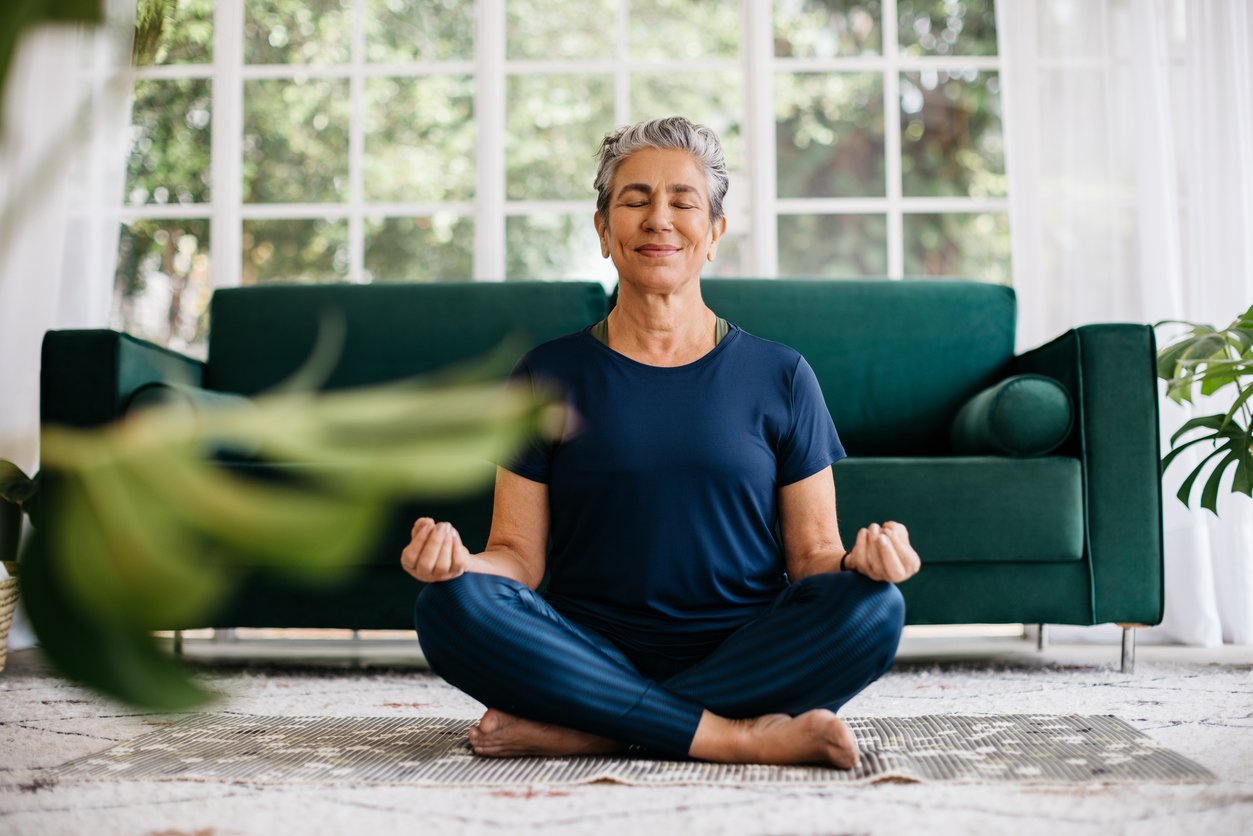
Besides making you feel relaxed and rejuvenated, there are many other potential sauna benefits that modern science is beginning to discover.
1. Saunas and Detoxification
It appears that sweating does more than help cool your core body temperature. Research indicates that sweating promotes natural detoxification. A 2016 study published in BioMed Research International found that inducing sweating may help the body eliminate organochlorinated pesticides (OCPs), which we’re regularly exposed to via food, water, and air as a part of living in this world. This is good because OCPs have been demonstrated to negatively impact metabolic functions and likely promote disease processes.
A 2012 study published in the Journal of Environmental and Public Health also saw induced sweating as a way to help the body rid itself of bisphenol A (BPA), a known endocrine disruptor. In both of these studies, the toxins were more highly detected in sweat than in other bodily fluids like urine and blood.
This makes intuitive sense to me. If you’ve ever eaten a hot pepper and found sweat pouring down your temples, you know that your body is well equipped to sweat out some chemicals it would prefer to be without.
Infrared saunas might be optimal for those looking for the deepest, most detoxifying sweat. Unlike traditional saunas that only heat the surface of your skin, infrared saunas penetrate deep into your tissue, heating your core and expelling toxins that would otherwise be out of reach. Sunlighten saunas, for example, are clinically proven to raise core body temperature by three degrees based on third-party testing.
2. Saunas and Cancer

A 2002 study published in the Annals of Oncology suggested that hyperthermia — or raising body temperature above normal — should be further researched for its ability to shrink tumors and promote cancer cell death.
Temperatures between 104–111 F (40–44 C), sometimes found in saunas, induce heat stress in cells and appear to be especially impactful against cancerous tumors, enhancing the success of radiotherapy and certain chemo drugs. In reviewing studies, the researchers found that hyperthermia alone raised complete overall response rates among cancer patients by 13%.
While I’m pleasantly surprised by the cancer finding, it also makes sense that mimicking our body’s natural defense against pathogens — fever — would help us defend against tumors.
A little-known but potentially powerful way to reduce your cancer risk is to use infrared saunas. Some researchers now estimate that 20% of cancers are linked to chronic inflammation. Some saunas have been found to increase core body temperature, dilate blood vessels, and promote better circulation. This increased blood flow facilitates the delivery of oxygen and nutrients to inflamed tissues, aiding in both immediate relief and long-term prevention.
3. Saunas and Heart Health
Exposure to high temperatures and induced sweating appears to benefit the heart. A 2015 Finnish study published in JAMA Internal Medicine analyzed a population study among 2,315 middle-aged adults examined at baseline between 1984 and 1989, investigating the association between frequency and duration of sauna use and heart disease.
With the data collected from a 21-year follow-up, researchers concluded that increased frequency of sauna use was associated with a lower risk of sudden cardiac death, fatal coronary heart disease, fatal cardiovascular disease, and all-cause mortality. However, more research was needed to determine why that was the case. Still, the data showed that regular sauna use was associated with nearly a 50% reduction in heart-related deaths! It seems like sweating is sweet for your ticker!
Other studies indicate that saunas may benefit heart health by improving vascular endothelial function — or opening up arteries among those at risk for plaque blockages — and lowering high blood pressure, a risk factor for heart disease.
Infrared sauna sessions, in particular, may improve cardiovascular health by acting as a “passive cardio” workout. They can increase your heart rate, blood flow, and oxygenation. It’s been found that blood flow during infrared sauna use may rise from a normal rate of 5–7 quarts/minute to up to 13 quarts/minute. Sunlighten’s infrared saunas, in particular, have been shown to temporarily lower blood pressure.
Infrared saunas might also reduce the risk of hospitalization for people with cardiovascular disease. Waon therapy is a form of infrared sauna treatment widely used in Japan. In it, users spend 15 minutes in an infrared sauna, followed by 30 minutes resting under a blanket.
In 2009, researchers studied 129 people who had serious heart problems. The participants were divided into two groups, with half receiving regular treatments of Waon therapy and the other half not. Over the next five years, the infrared-treated Waon therapy group was less than half as likely to have been hospitalized compared to the control group.
4. Saunas and Inflammation
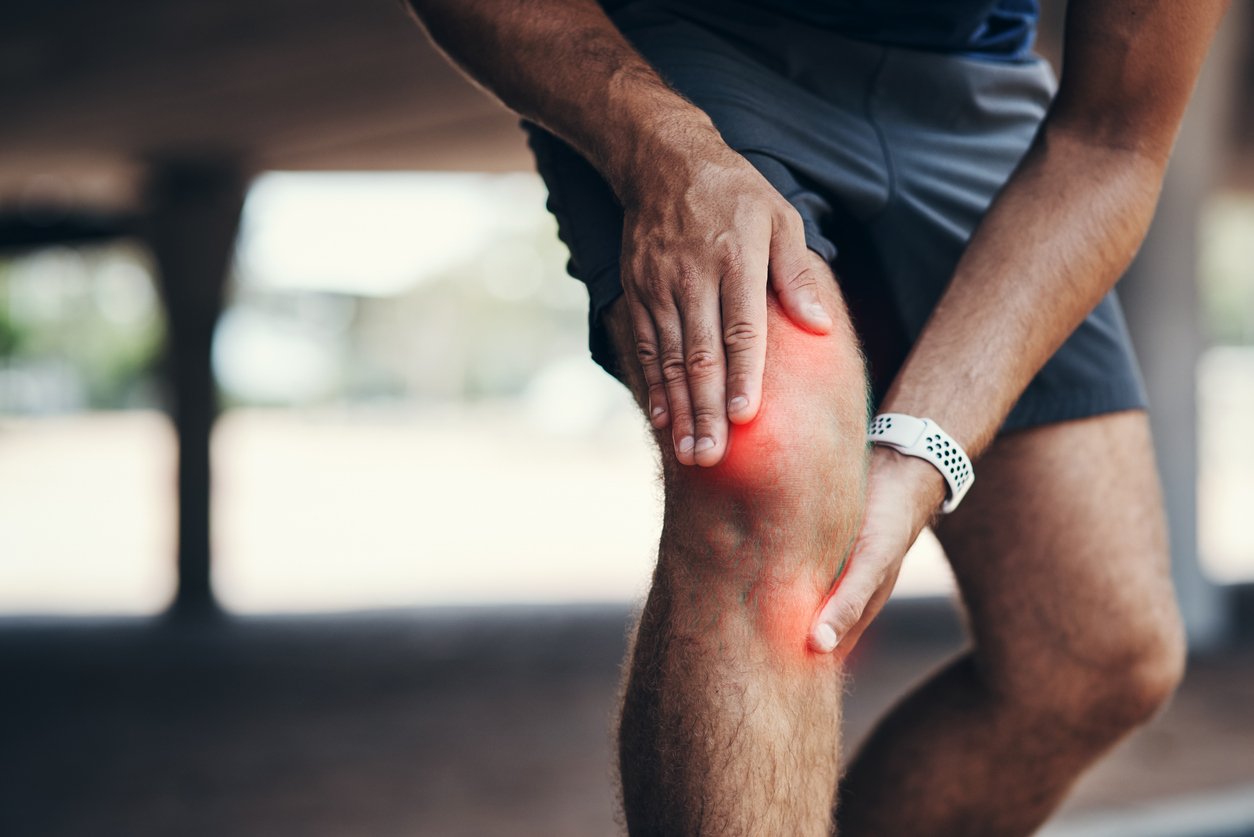
A 2018 study published in the European Journal of Epidemiology evaluated the effects of saunas on the blood inflammation marker, C-reactive protein (CRP), among 2,084 men (42–60 years) without acute or chronic inflammation. When potential confounding factors were addressed — like BMI, smoking status, age, alcohol use, and exercise habits — the researchers found a significant inverse association between how often the men used a sauna and their CRP levels.
Saunaing may also help alleviate pain through its relaxation effects on the body. A 2011 study among 44 women with fibromyalgia syndrome (FMS) — a chronic condition characterized by pain and tenderness — found that sauna therapy and underwater exercise improved their reported quality of life, pain, and FMS symptoms. The patients underwent sauna therapy once per day for three days a week and completed underwater exercises two days per week for 12 weeks.
As I mentioned above regarding saunas’ potential application for cancer prevention, infrared saunas might have particular benefits for treating inflammation. Not only do they promote better circulation, but they can also activate Langerhans cells independent of heat exposure.
Langerhans cells are tissue-resistant macrophages located across the epidermis. In the event of an infection, these cells can migrate to draining lymph nodes, speeding up the inflammation process and helping the body recover more quickly.
Additionally, when you combine infrared light with red light in a sauna, you get photobiomodulation (PBM). PBM can reduce inflammation by altering potentially damaged macrophages, which optimizes your cells’ calcium intake and usage. It also energizes your mitochondria, which your body needs for cell repair.
5. Saunas and Longevity
Sauna use can benefit heart health and lower inflammation, which may also lead to increased longevity. Not only do saunas help lower the risk of heart disease, but they also appear to reduce the risk of all-cause mortality.
Some hypothesize that the heat activation of the “longevity gene,” FOXO3, that can be attributed to this effect of sauna usage. FOXO3 and its variants have been linked to a lower risk for age-related diseases, fewer bone fractures, and a lower prevalence of heart disease and cancer.
6. Saunas and Brain Health
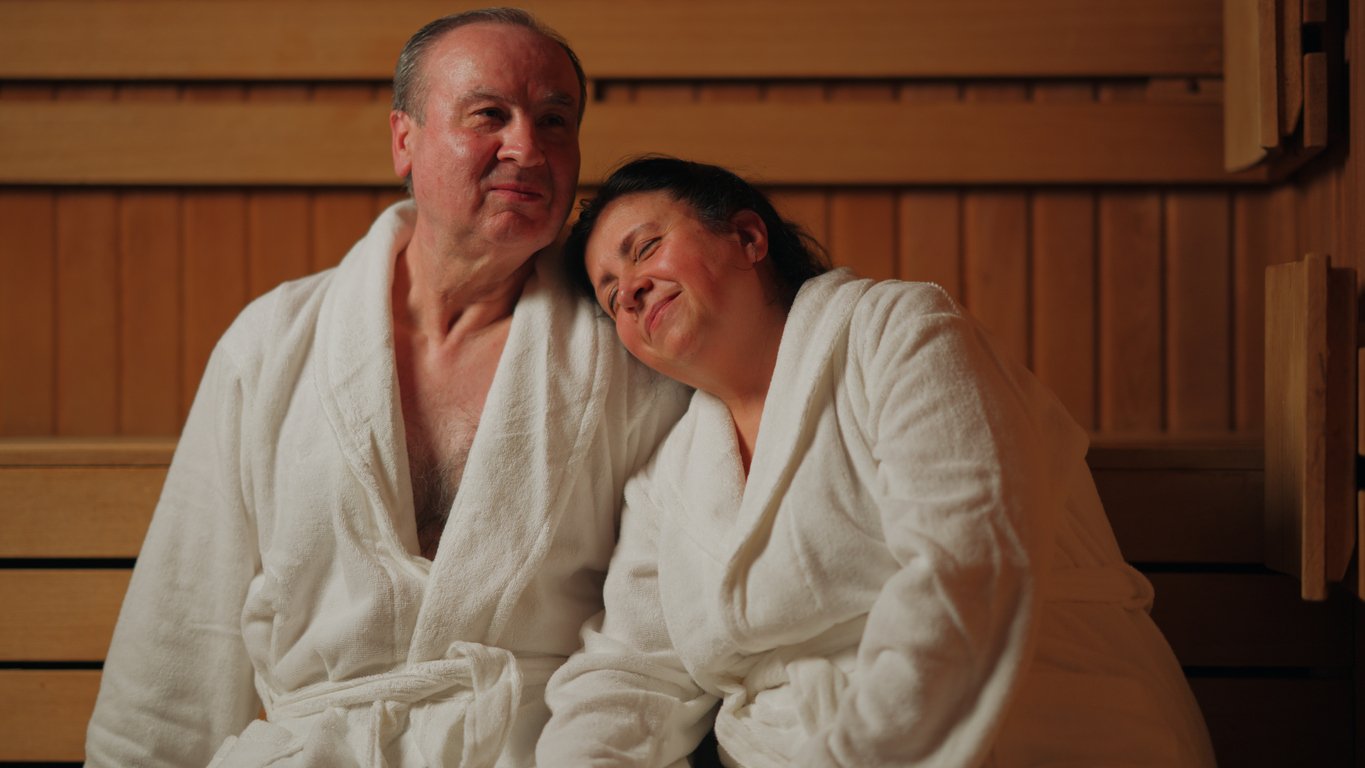
In a 2017 study published in the journal Age and Ageing, researchers looked at repeated heat exposure from saunas and the effects on memory disease risk. Researchers analyzed the data from the 21-year follow-up of the Kuopio Ischaemic Heart Disease population-based prospective cohort study of 2,315 healthy middle-aged men.
They found that moderate to high frequency of sauna use was associated with lower dementia and Alzheimer’s disease risk. Men who used a sauna four to seven times per week experienced a lower risk for memory disease than men who used it one to three times per week.
7. Saunas and Diabetes
A 2010 study analyzed the impact of repeated thermal therapy, such as sauna baths, on the reported quality of life among people with type 2 diabetes. Participants underwent a far-infrared sauna bath three times per week, for 20-minute sessions, over three months. At the end, they completed a questionnaire regarding their health and quality of life. Participants reported feeling that their physical health, general health, and social functioning improved and that levels of stress and fatigue decreased.
Other studies have found sauna benefits, such as improved vascular endothelial function, improved circulation, prevention of blood clots, and lowering of high blood pressure, which are all risk factors for type 2 diabetes.
8. Saunas and Working Out
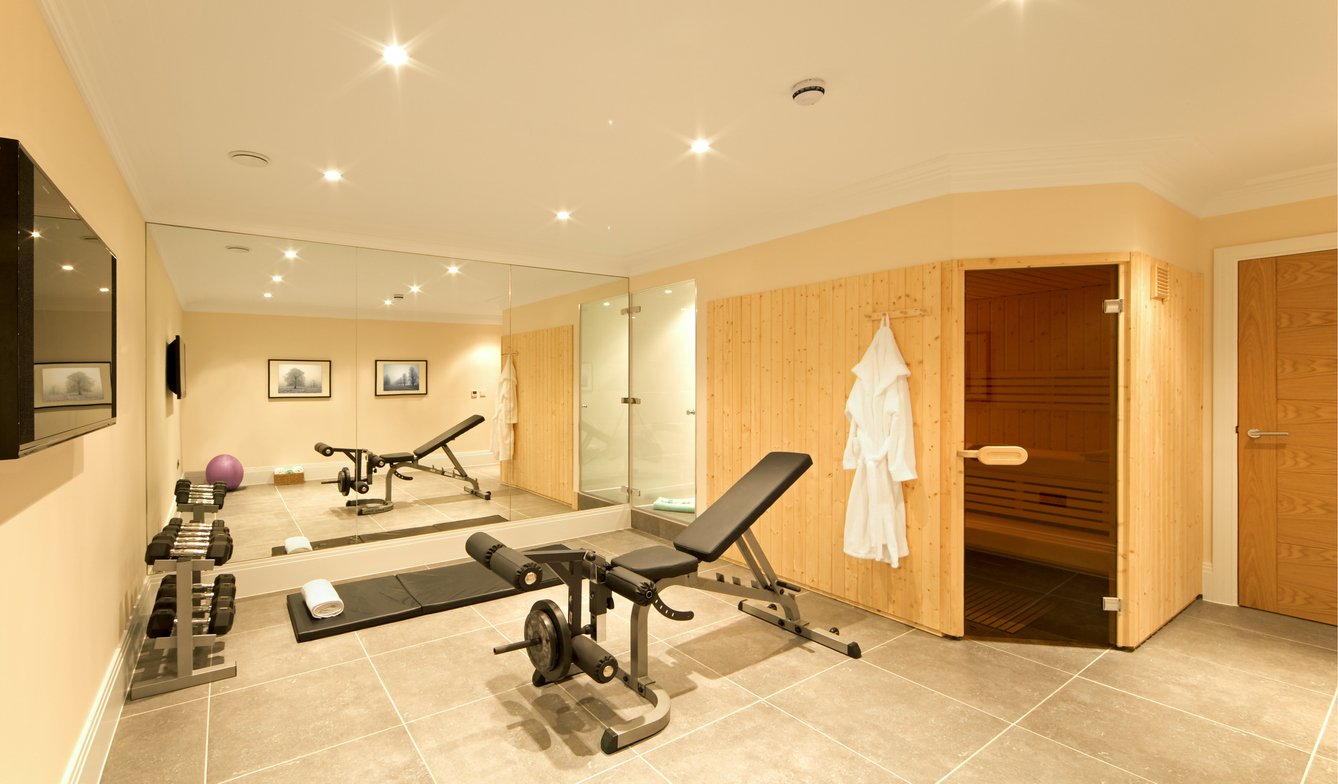
Enjoying a sauna bath after a hard workout may help your body recover faster and perform better. A 2007 study published in the Journal of Science and Medicine in Sport followed six male distance runners who completed three weeks of post-exercise sauna bathing and three weeks of control training, with a three-week washout period between. During the sauna bathing period, the men took a humid 90 F (32 C) sauna bath for 30–35 minutes, approximately 13–15 times during the three weeks.
An exercise performance test involving a 15-minute treadmill run showed how their running endurance was affected. Plasma, red blood cells, and total blood volumes were measured. Compared to the control, sauna use increased run time to exhaustion by 32%. For a distance runner, that’s a huge improvement.
Blood volume measurements also increased after the sauna. The researchers concluded that sauna use could improve running endurance, likely due to its ability to increase blood volume.
9. Saunas and Healthy Weight Loss
Using a sauna may help promote healthy weight loss through the natural process of sweating and the triggering of other physiological changes that boost body fat reduction.
In a Binghamton University study, participants were exposed to a 110 F (43 C) infrared sauna for 45 minutes per day, three times per week, for 16 weeks. The effects on body temperature and long-term body weight changes were measured. Participants were responsible for their compliance with the exposure and ranged from completing 12 sessions to 45 sessions. Those who used the sauna the most lost more body fat, up to a 4% reduction over four months.
Here’s a remarkable finding from that study: People who went to the sauna later in the day lost significantly more body fat than those who went in the morning. The researchers concluded that raising core body temperature causes human growth hormone production and blood sugar levels to rise, leading to a greater loss of body fat. So, if you want to try sweating to lose weight, don’t schedule it first thing in the morning.
10. Are Saunas Good for Your Skin?
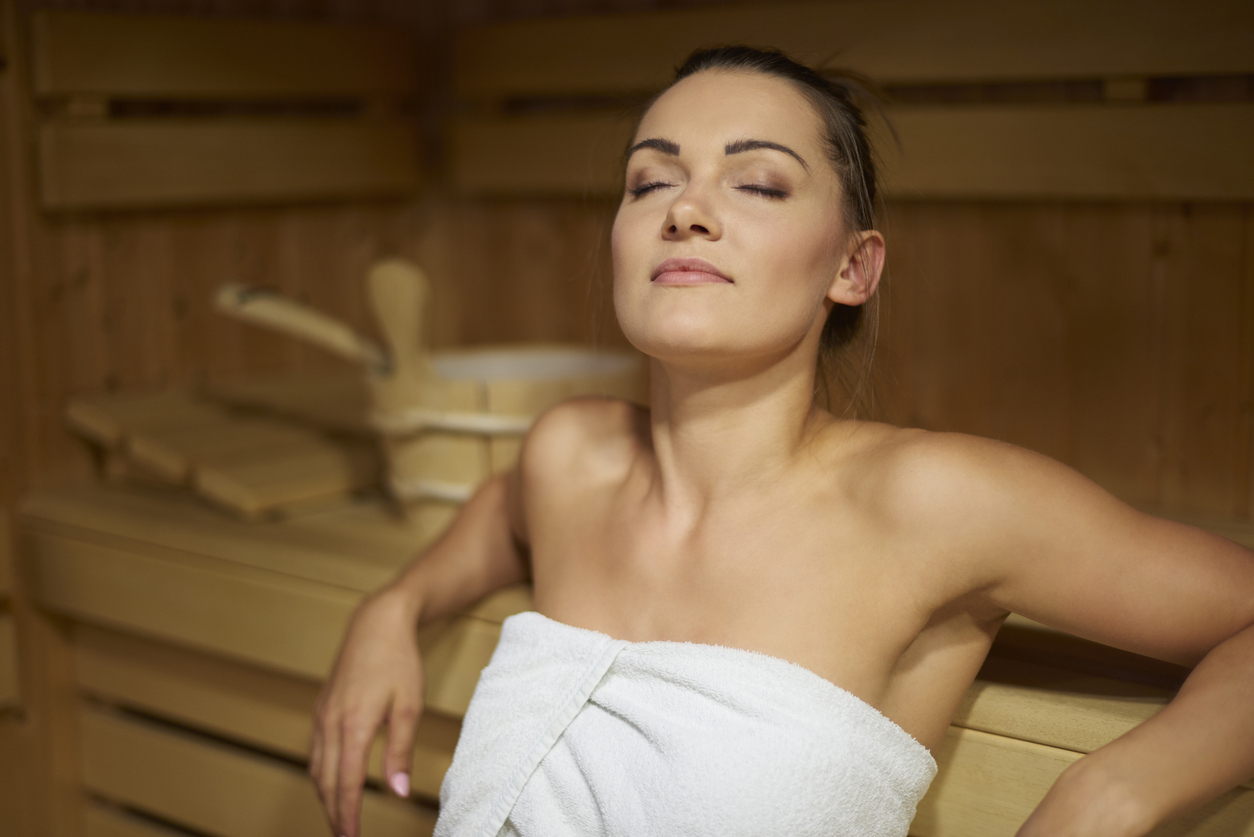
Infrared saunas may have the added beauty benefit of making your skin look and feel better. Research indicates that infrared radiation may reduce wrinkles and improve the texture of photo-aged skin (skin aged by sunlight or tanning beds) by increasing collagen and elastin in a safe and non-invasive way. Regular sauna usage can also benefit the skin’s moisture and possibly reduce the incidence of acne.
However, saunas could exacerbate some skin issues. Rosacea, eczema, and psoriasis have had mixed results with sauna use. If you have one of these conditions, consult a doctor before use. If you decide to use a sauna, try limiting your sauna time to 15 minutes and see how your skin reacts.
Health Risks and Precautions When Using a Sauna
Despite all the health benefits of saunas, using one does require some precautions to minimize potential safety risks.
Saunas and Alcohol Don’t Mix
Using a sauna after drinking alcohol is not recommended. Alcohol raises your risk of hypotension — or low blood pressure — which can become very dangerous. Drinking while using a sauna can also cause arrhythmia, or irregular heartbeat, and even lead to sudden death.
Use Caution With Health Conditions

People with pre-existing health conditions should practice extra caution when using a sauna. Anyone who has a cardiovascular problem or who is pregnant should seek medical advice beforehand. Even if you’re generally healthy but feeling sick, you might want to wait to step into the sauna until you feel better.
Risk of Airborne Infection
Saunas have minimal circulation by nature since they’re meant to contain heat or steam and not allow it to escape. If you spend a prolonged period in an enclosed public sauna (or any enclosed indoor space), you may risk exposure to bacteria or viruses. However, there is some good news regarding viral spread in a sauna. Viruses don’t survive well in hot and humid conditions, especially with 40–70% relative humidity. Evidence suggests that the SARS-CoV-2 virus can become inactivated at high temperatures, such as in saunas.
Of course, use your best judgment to determine your comfort level in using a public sauna — or you may want to consider a personal sauna instead.
Dehydration

Spending time in a sauna makes you sweat, which causes water loss from the body. This can lead to dehydration if you’re not careful about hydrating yourself before and after. People with health conditions like kidney disease may be at a higher risk of dehydration from using a sauna. A good practice is to drink a glass of water before entering the sauna. You can also bring water into the sauna with you.
Side Effects of Using a Sauna
Even the average healthy person may experience some adverse effects from using a sauna. High heat temperatures can lead to dizziness, nausea, and even fainting for people especially sensitive to them. How long should you sit in a sauna? If you’re concerned about heat sensitivity, you can usually choose a lower heat and a shorter length of time to start.
Sauna Tips: What to Do After Sauna
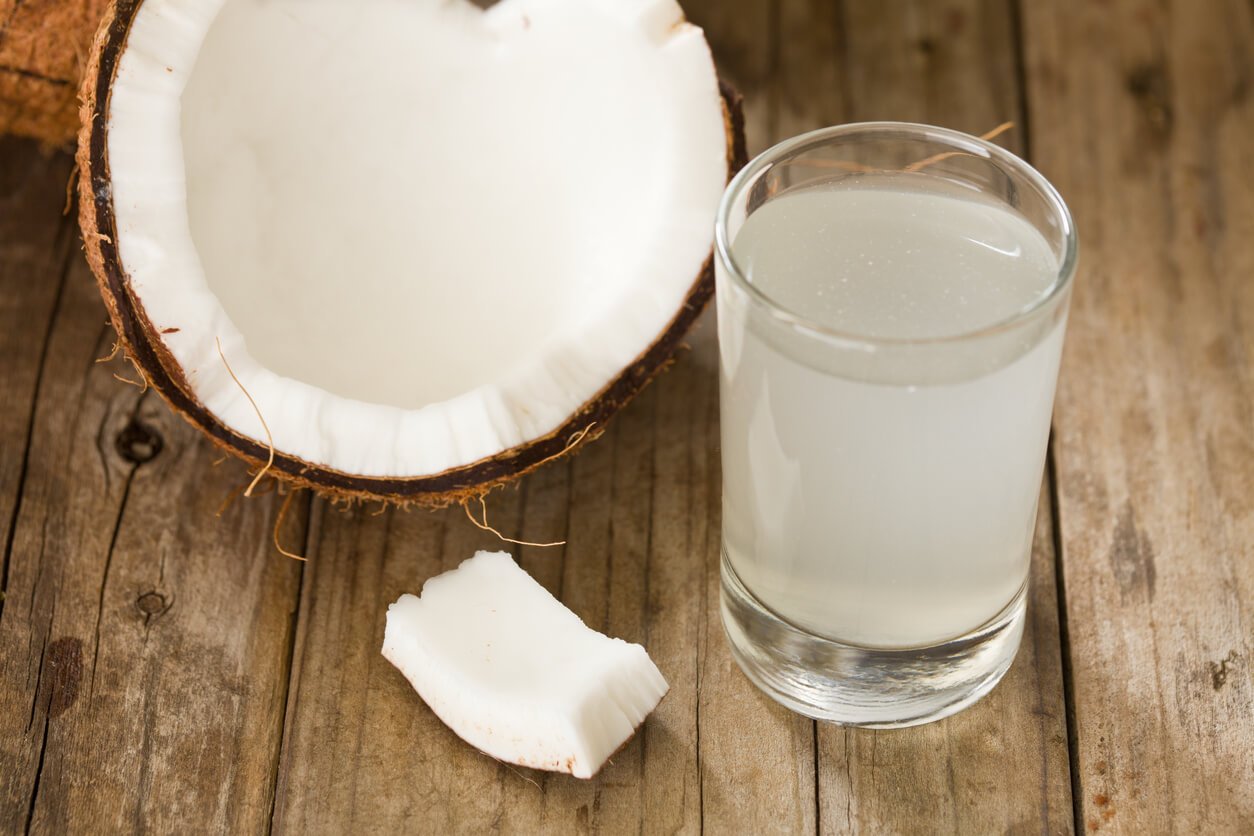
After you get out of the sauna, it’s important to rehydrate your body after all of the water you lose through sweating.
Best Post-Sauna Beverages for Rehydration
Some of the most refreshing and hydrating beverages to enjoy after your sauna include:
- Water
- Coconut water
- Sparkling water
- Fruit-infused water or mocktails
- Herbal iced teas
- Natural electrolyte solutions
- Smoothies
While pure water is the most hydrating for your body, it won’t replenish as many electrolytes as some of these other beverages will.
What about electrolyte-replacement sports drinks? While these contain more electrolytes than plain water, they also tend to be high in added sugar, artificial colorings and flavorings, and other unnecessary ingredients. And you don’t need to buy a premade electrolyte drink to meet your needs. You can make them yourself at home.
Post-Sauna Hydration Recipes
Sweating may help you detox, but the body doesn’t necessarily select the toxins while leaving important electrolytes behind. Along with the unwanted chemicals, you may also lose important vitamins and minerals. Therefore, replenishment through nutrient-dense, hydrating foods and beverages is important. Below, you’ll find a Mexican Watermelon Salad that you can enjoy immediately after saunaing. If drinking your nutrition sounds more appealing after a sweat session, try the Lemon Drop Smoothie. Or, hydrate and replenish while you’re in the sauna by sipping on FRN’s DIY Electrolyte Drink.
1. Mexican Watermelon Salad

The water content of this salad is over 90%, meaning you’re sure to stay hydrated while also enjoying the sweet taste of the watermelon combined with the naturally salty cucumber. Speaking of natural salt, this salad has the minerals you need to replenish what’s lost after sweating — sodium, potassium, vitamin C, and magnesium.
2. Lemon Drop Smoothie
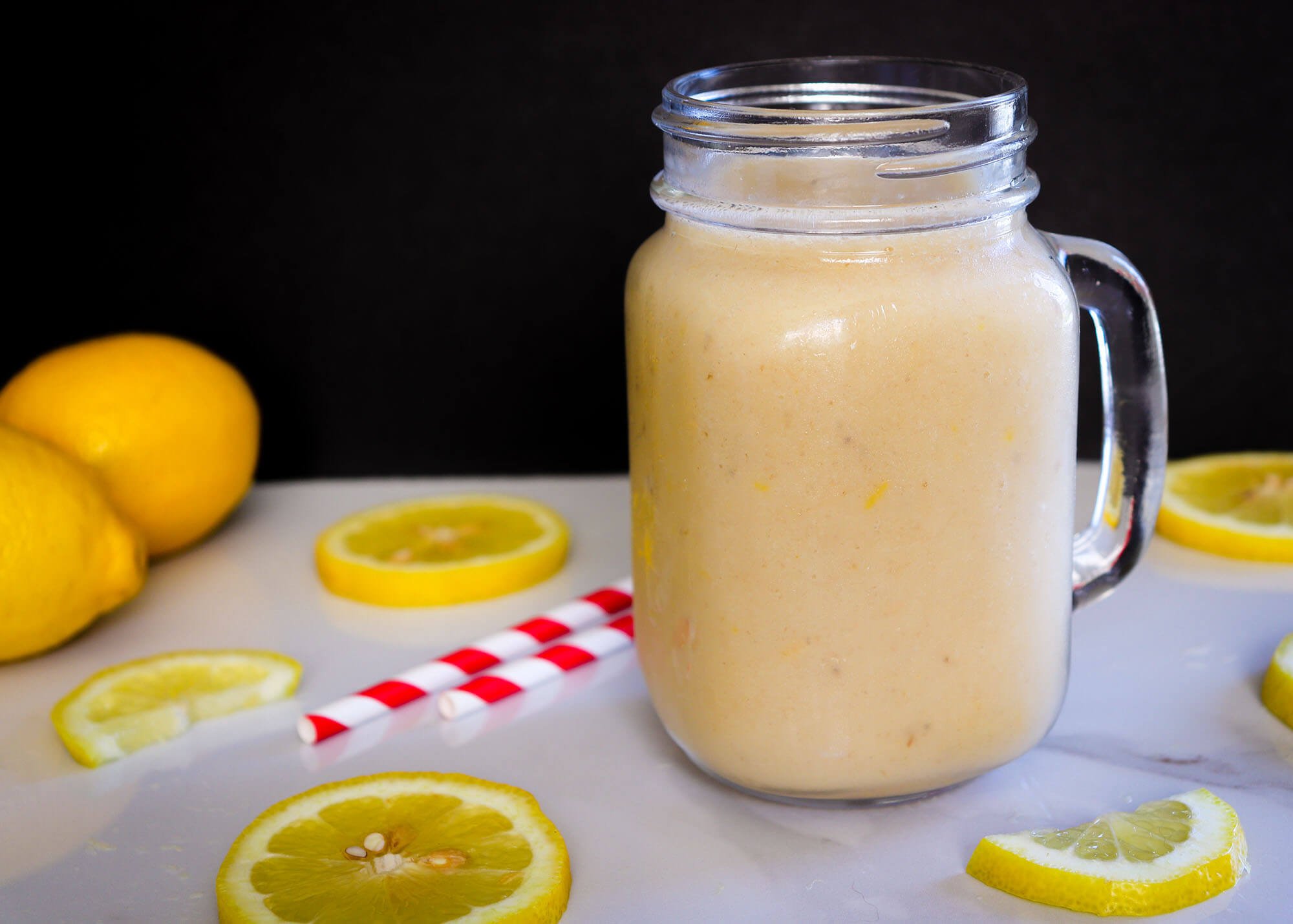
When you sweat, you lose important minerals like sodium, potassium, calcium, and magnesium, and vitamin C. Replenishing these losses with water during or immediately after sweating is key to preventing dehydration, but minerals are equally essential. The Lemon Drop Smoothie is packed with potassium and magnesium from the banana and vitamin C from the lemon. It most likely will have calcium from the plant-based milk (since most nut- and seed-based milk products are fortified with calcium and other minerals). What’s more, you’ll get an additional nutritional boost from anti-inflammatory turmeric!
3. FRN’s DIY Electrolyte Drink
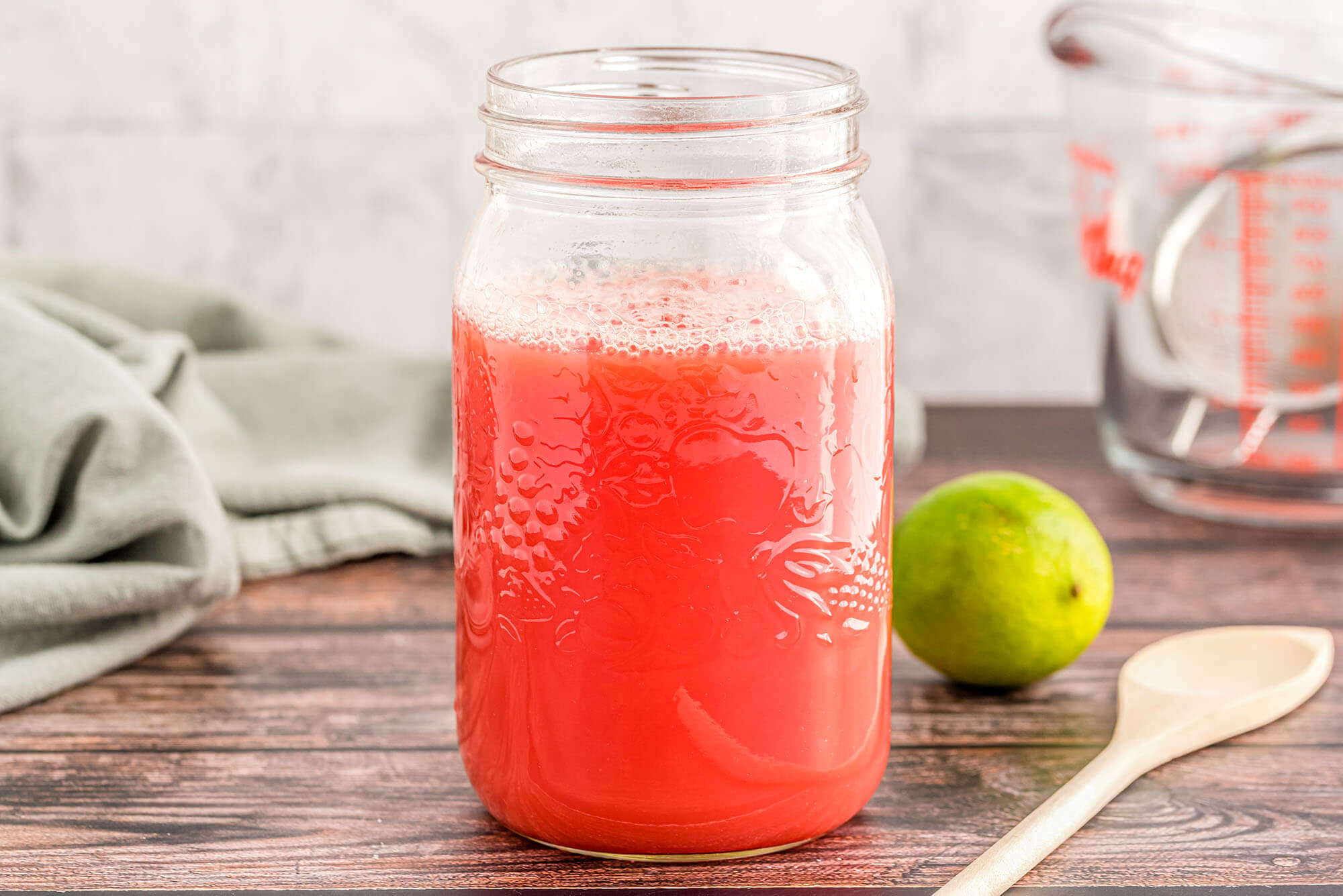
There is no need to waste your hard-earned money or extra packaging when you can easily replace your electrolytes and rehydrate with produce from your refrigerator. Simply squeeze some fresh oranges and lemons, add a little water, salt, and pomegranate juice, and mix! Oranges, lemons, and pomegranate juice all offer vitamins and minerals lost from sweat loss.
Enjoy the Benefits of Saunas
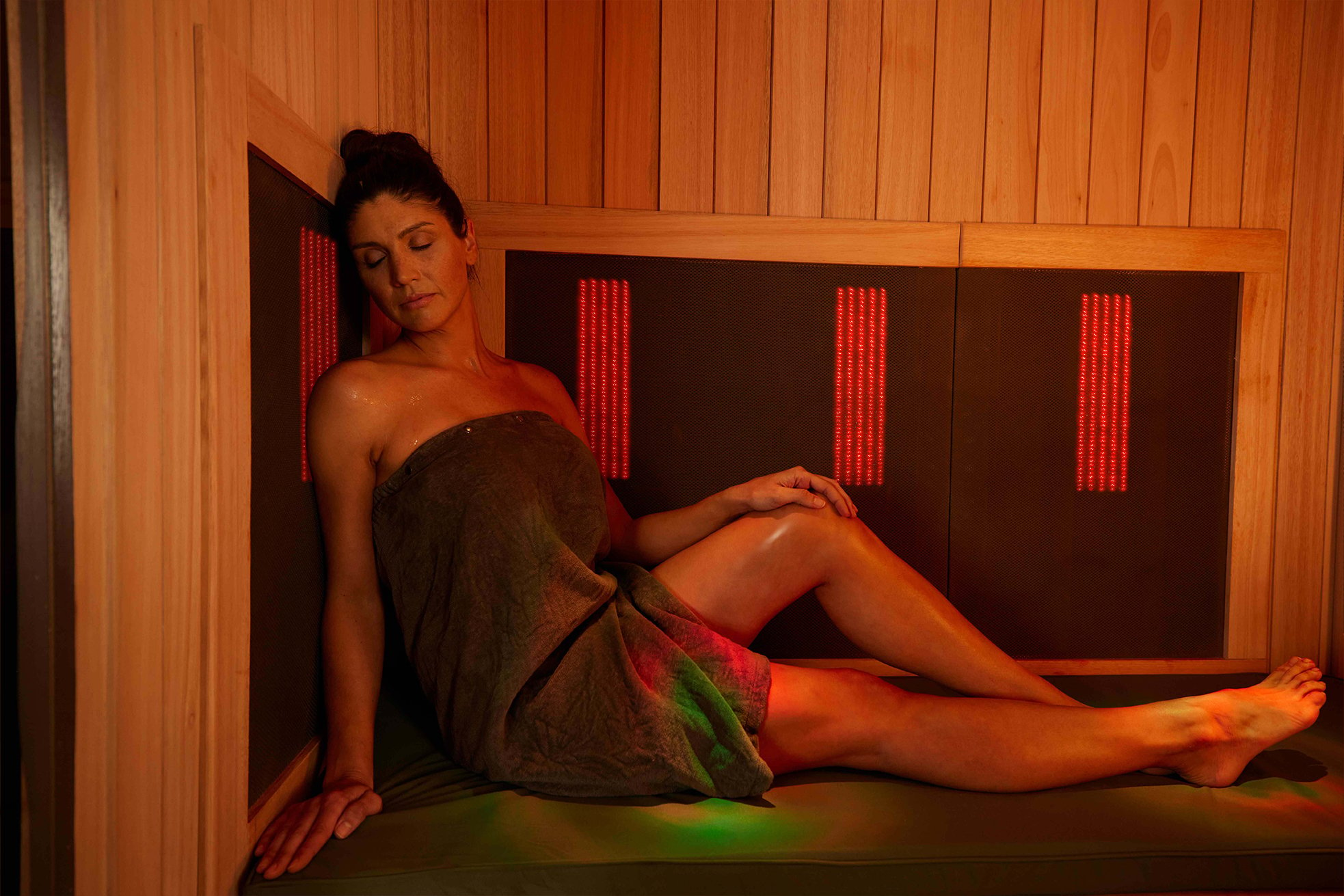
Saunas have been around for a long time and offer many health benefits beyond just helping you relax. Enjoying a sauna regularly may help improve your heart health and circulation, remove toxins from your body, reduce pain and inflammation, improve your skin and endurance, and even prolong your lifespan. Apart from purchasing your own sauna for use at home, you may also be able to find saunas at spas, gyms, and health clubs. Something so simple that can calm the mind and body while also improving your well-being? It seems that most of us could benefit from taking the time to enjoy a sauna.
Editor’s Note:
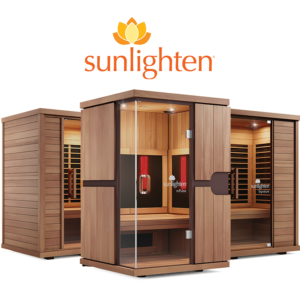 The leader in infrared sauna manufacturing is Sunlighten. Their saunas consistently deliver the highest quantity and quality of infrared in exceptionally well-built spaces. They offer both portable personal saunas as well as three cabin collections. Their mPulse series combines infrared with red light for photobiomodulation. Their Amplify series is one of the hottest infrared saunas, reaching up to 165 F. If you’re interested, you can find out more and make a purchase with this link. When you do, Sunlighten will give you a special Food Revolution Network member discount AND make a contribution in support of our work. (Thank you!)
The leader in infrared sauna manufacturing is Sunlighten. Their saunas consistently deliver the highest quantity and quality of infrared in exceptionally well-built spaces. They offer both portable personal saunas as well as three cabin collections. Their mPulse series combines infrared with red light for photobiomodulation. Their Amplify series is one of the hottest infrared saunas, reaching up to 165 F. If you’re interested, you can find out more and make a purchase with this link. When you do, Sunlighten will give you a special Food Revolution Network member discount AND make a contribution in support of our work. (Thank you!)
Tell us in the comments:
- Have you ever used a sauna? How did it make you feel?
- What’s your favorite type of sauna?
Feature image: iStock.com/qwerty01



